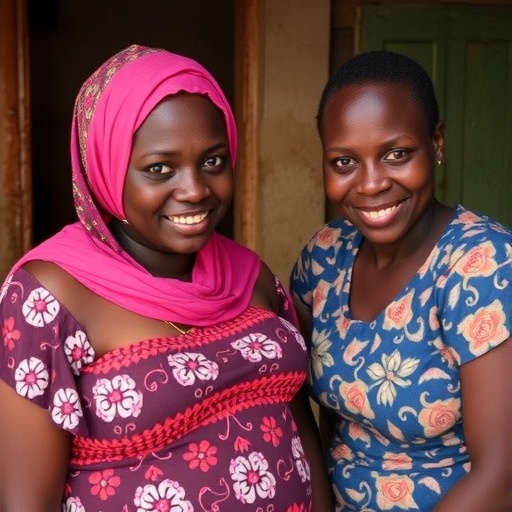According to the Pew Research center, the majority of adults on the internet have more than one social networking profile on sites like Facebook, Twitter, and LinkedIn. Although the core purpose of these sites are similar – to digitally connect with peers and loved ones – new research conducted by researchers in Penn State's College of Information Sciences and Technology (IST) and King's College in London, England, found users often adopt different personas unique to each social network.
The research team, co-led by Penn State's Dongwon Lee, associate professor of IST, and Nishanth Sastry, senior lecturer of King's College, theorized that these different personas stem from a desire to fit within the distinctive culture or etiquette of each site. For instance, a photo of someone's colorful Starbucks drink may be popular on Instagram, but the same image post to LinkedIn would be frowned upon. Lee explained, "The users tend to portray themselves differently in these different worlds."
The research compiled information on over 100,000 social media users by utilizing About.me, a site that acts as a social media directory. "On the site, users volunteer their own profiles, which makes it an extremely reliable dataset," Lee said.
Nisanth Sastry, senior lecturer in the department of Informatics at King's College and one of the collaborators on the research, said, The use of about.me was the big breakthrough, as it allowed us to go from pairs of social networks, which we had been studying recently, to all the major social network platforms today: Facebook, Twitter, LinkedIn, and Instagram."
Upon analyzing the profile pictures and biography information provided by these users, the team also found some surprising differences in how different demographics portray themselves. For example, the research showed that women were less likely to wear corrective eyewear, like reading glasses, in their profile pictures and users under the age of 25 were less likely to be smiling in their profile picture.
In fact, when given a profile description and photo, the model could identify the platform it was created for 60-80% of the time.
The study, "Wearing Many (Social) Hats: How Different are Your Different Social Network Personas?" was supported by the National Science Foundation (NSF) to study different phenomena in social media. King's College received funding from the ESRC (Economic and Social Sciences Research Council) in the United Kingdom. Their collaborative study will also be presented at the International AAAI Conference on Web and Social Media (ICWSM) in May.
The researchers don't believe that users are explicitly modifying their profile, but rather subconsciously adapting the behavior modeled to fit in. Sastry commented, "[The data shows that subtly], despite our best efforts, we do still fit stereotypes of gender and age in the way we tailor our personas."
"Social media consumes an increasingly large portion of our lives," Sastry explained. "Therefore, understanding how we interact with each other on social media is important to understanding who we are in the online world, and how we relate to each other in virtual but still meaningful ways."
Lee agreed and said, "In the social media era, without realizing it, people are leaving their marks. If we can tap into these digital footprints, then we can learn a lot about their behavior."
Further research in this area could provide social media users' ways to engineer the 'perfect' social media profile. By understanding exactly what's popular on the site, Sastry said, "We should be able to choose and suggest the best images from their personal collections for putting up on each of these platforms."
###
Media Contact
Erin Cassidy Hendrick
[email protected]
@penn_state
http://live.psu.edu
############
Story Source: Materials provided by Scienmag




